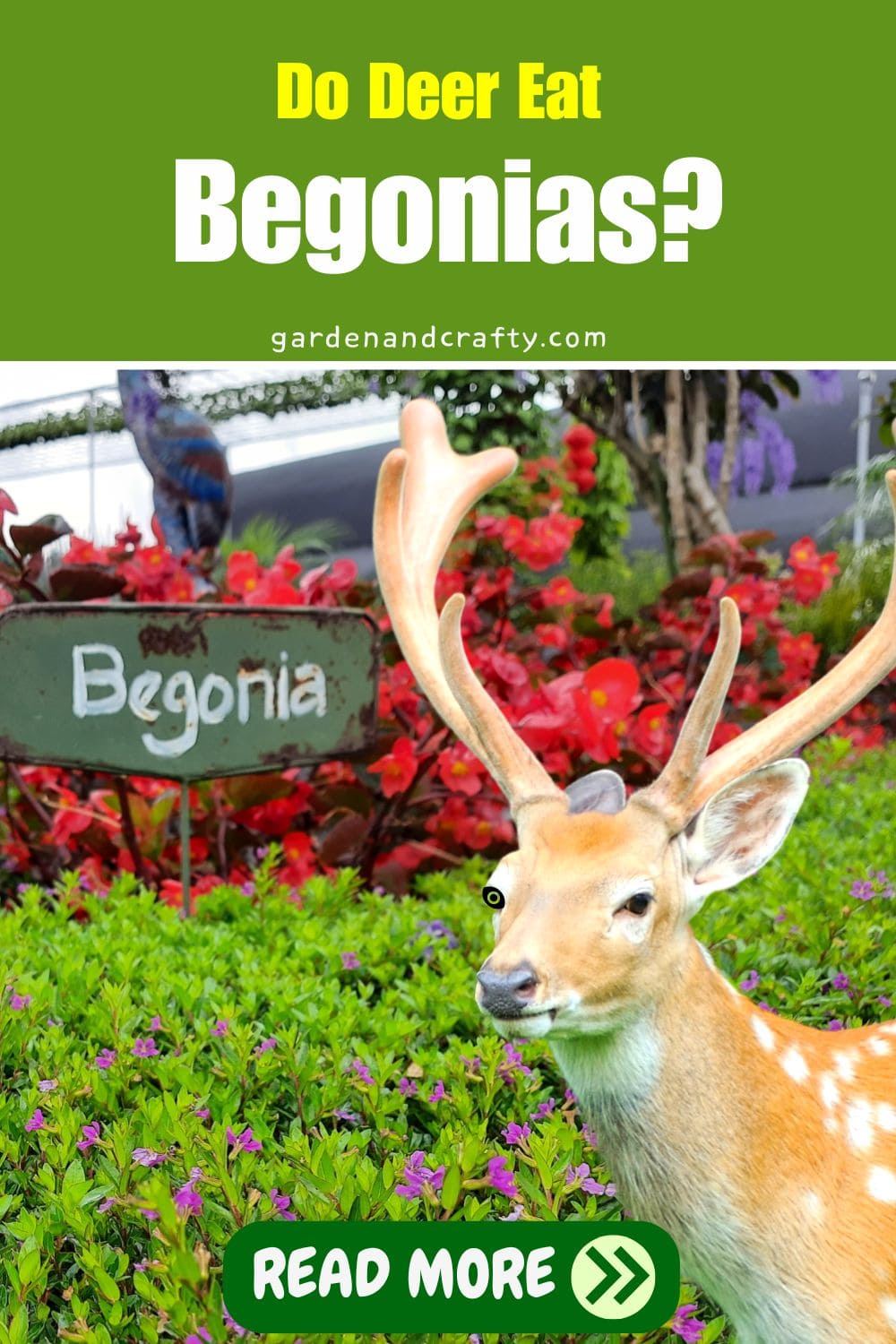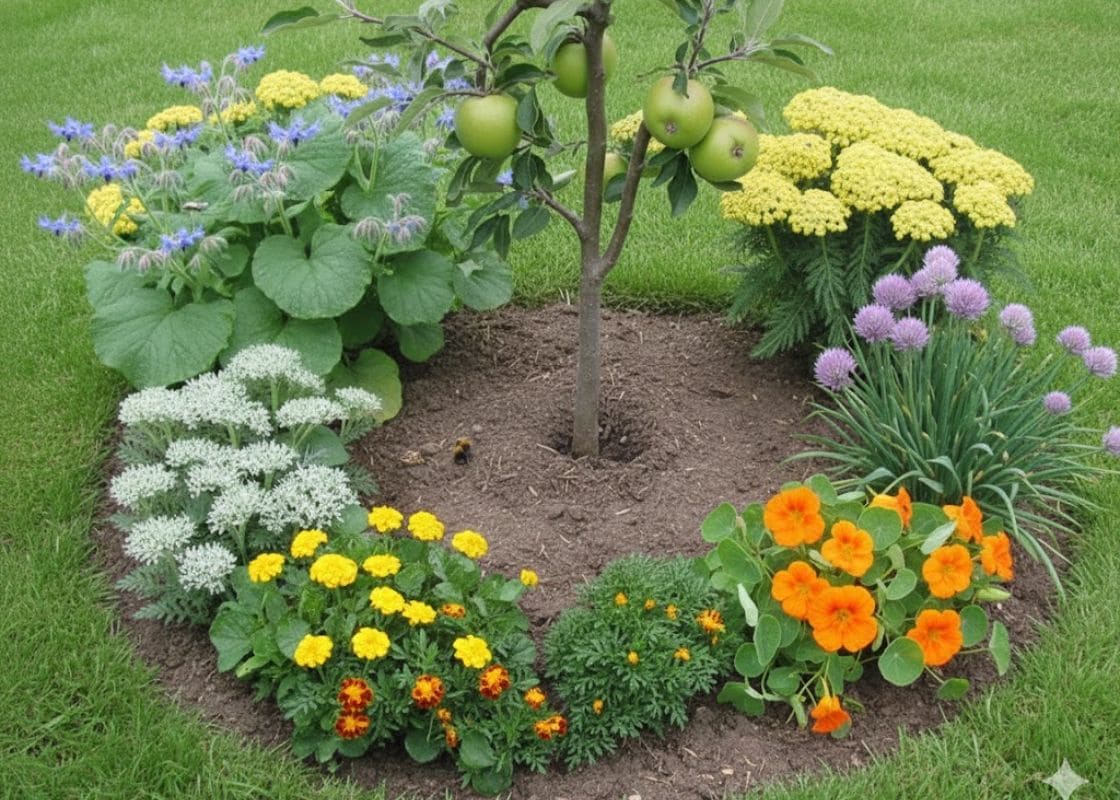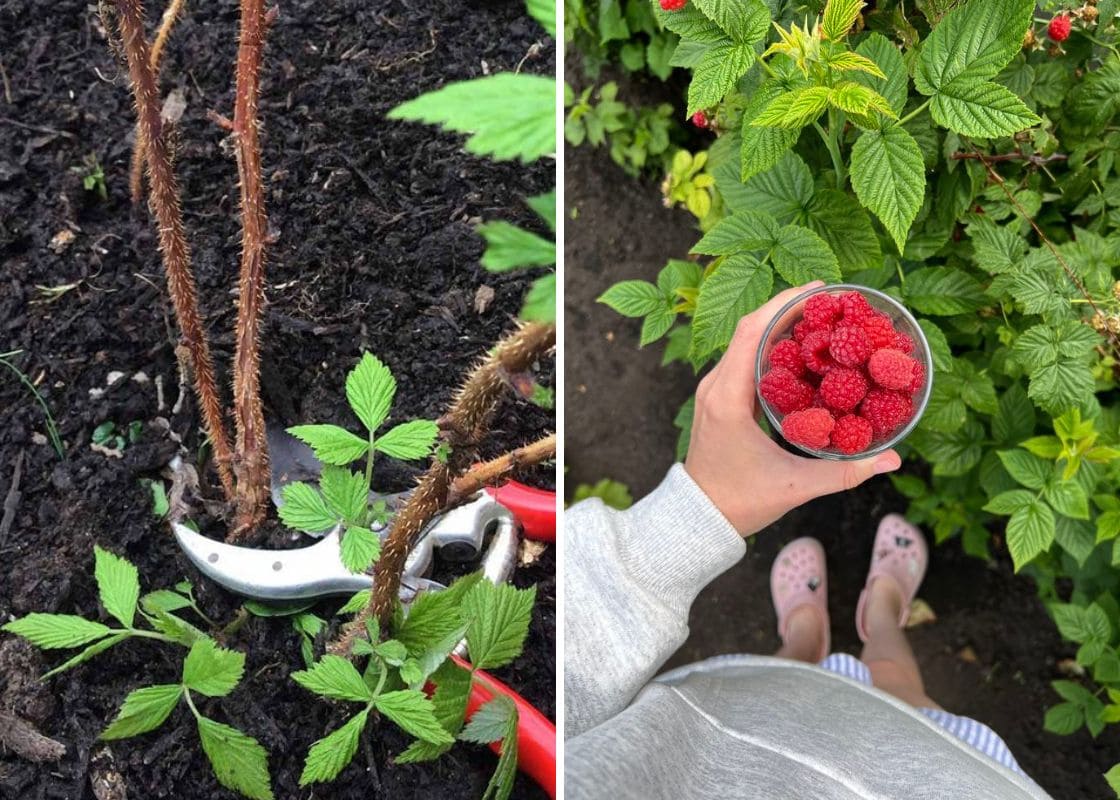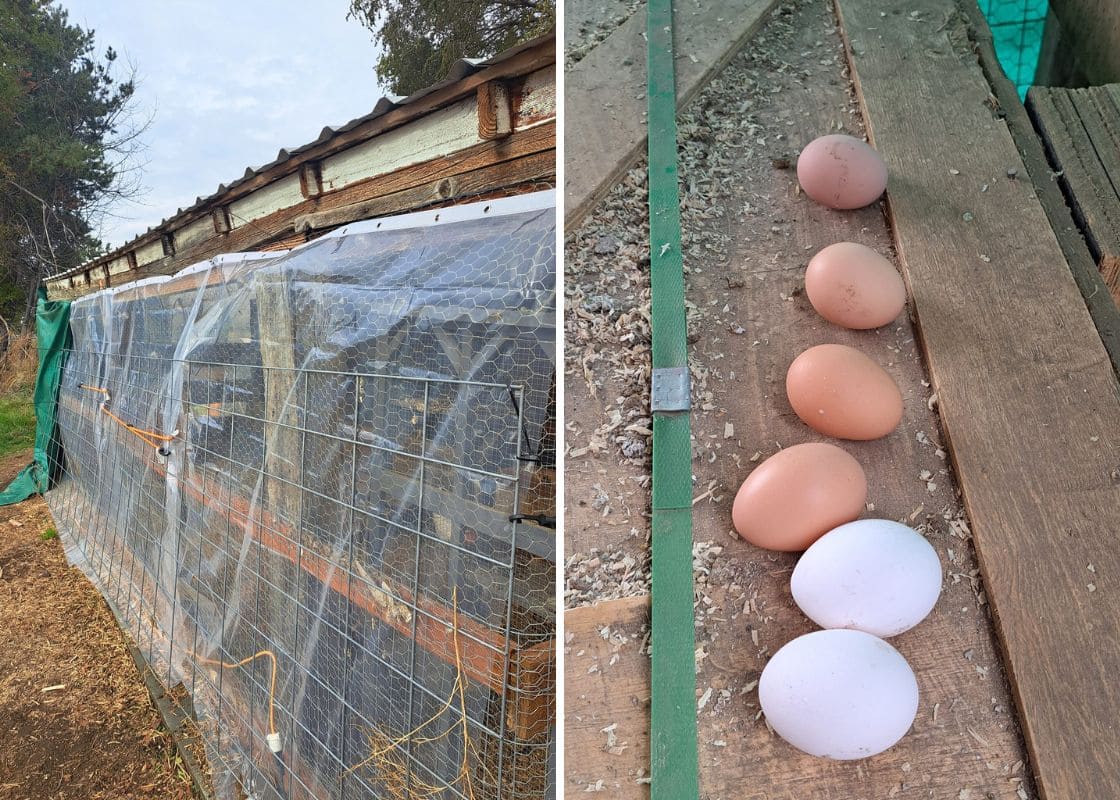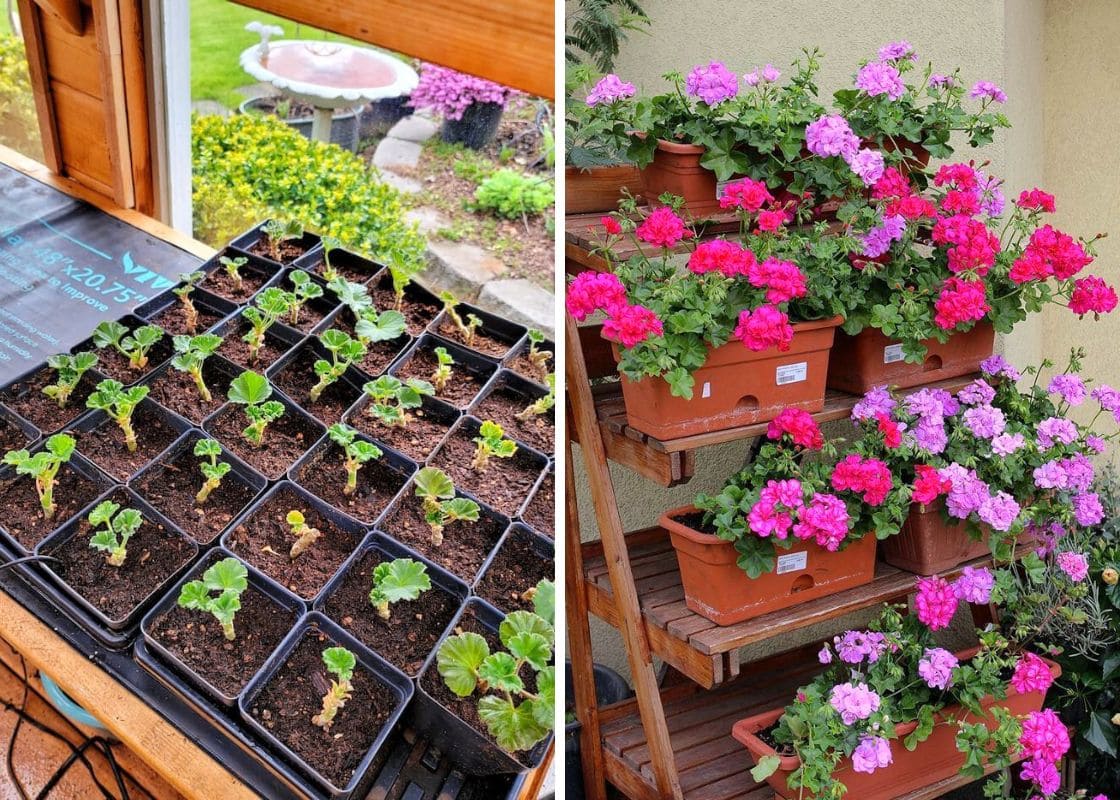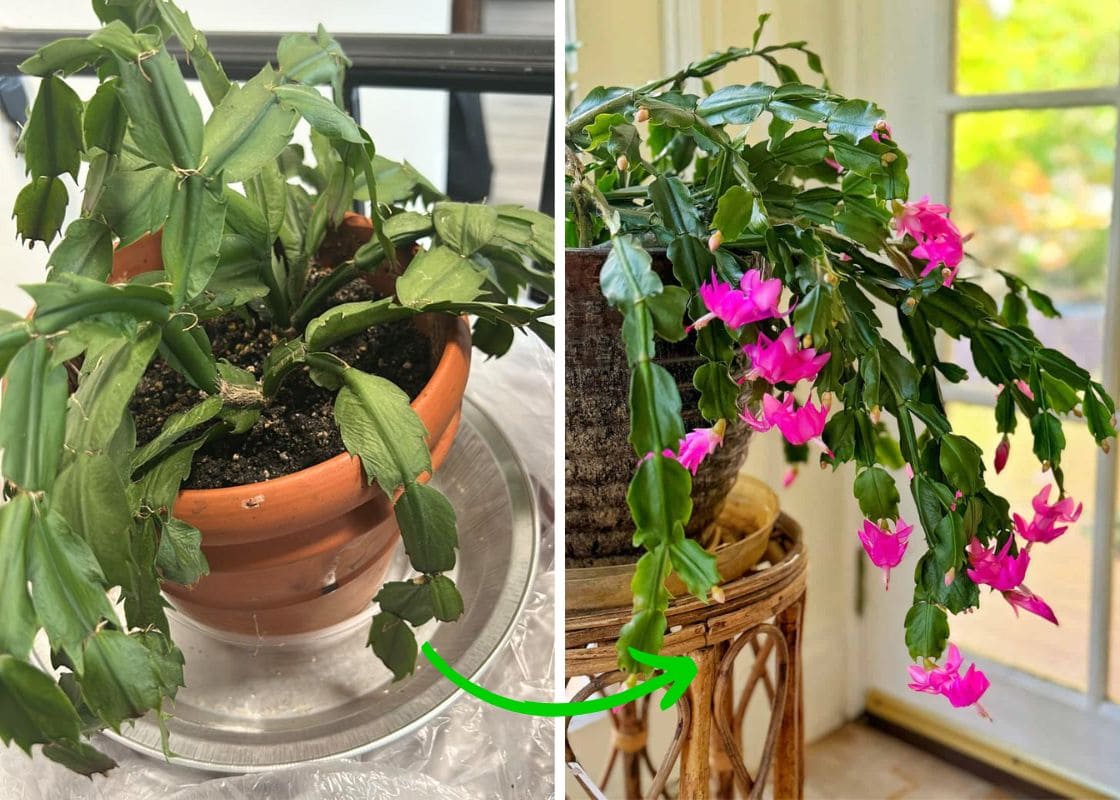Gardening is my sanctuary, a place where I can escape the chaos of daily life and immerse myself in the beauty of nature.
One plant that I am really into in my garden is the begonia. I love looking at their vibrant blooms and lush foliage every morning.
However, like many of you, I’ve faced the frustration of finding my carefully nurtured plants nibbled down to stubs by unwelcome visitors.
This leads me to the burning question: Do deer eat begonias?
Do Deer Eat Begonias?
Generally, deer do not prefer begonias.
These plants have a pungent scent and unappetizing foliage that usually keeps deer at bay. However, when food is scarce, deer will eat almost anything including begonias.
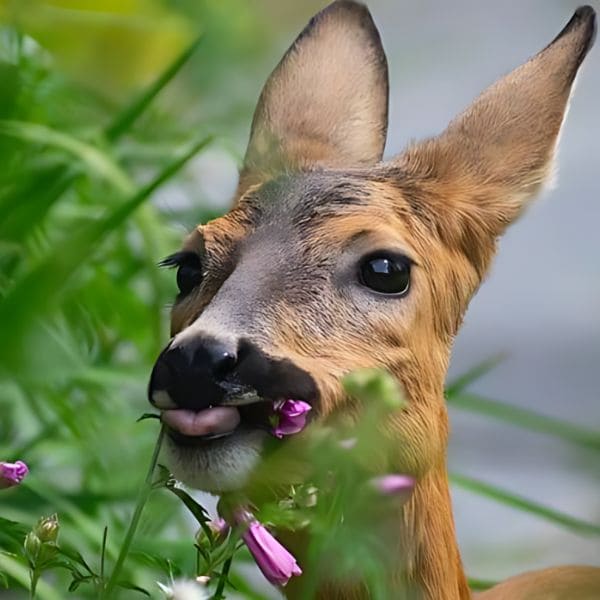
When Deer Eat Begonias?
I remember one particularly harsh winter when food was scarce. The deep snow covered most natural vegetation, leaving deer desperate for any available nourishment.
Despite the usual deterrent properties of my begonias, the hungry deer ventured into my garden and began munching on the leaves and tender buds.
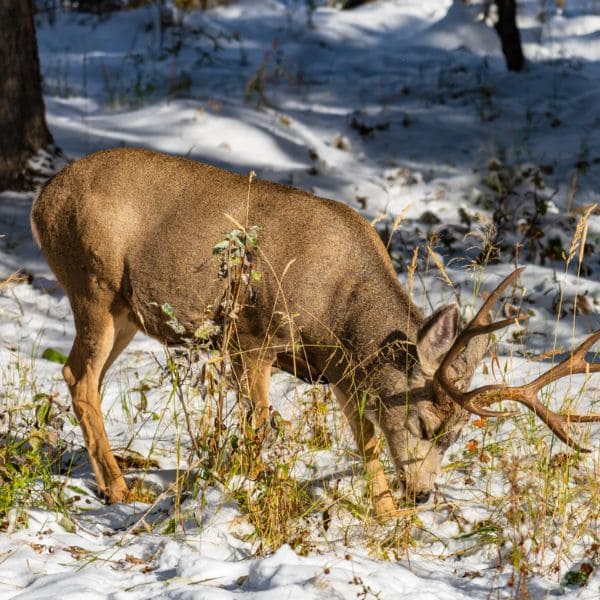
Not only that, weather conditions like droughts can also push deer towards unusual food sources.
During a particularly dry summer, the usual greenery was scarce, and my begonias became a surprising target.
The lack of moisture and food drove the deer to seek out anything they could find, and my begonias provided a rare source of hydration and nutrition.
Signs of Deer Damage On Begonias
The sudden disappearance of flower buds is a classic sign that deer have been snacking in your garden.
It can be quite disheartening, especially after you’ve invested so much time and effort into nurturing begonias.
Another telltale sign is ragged leaves. Unlike insects, which leave behind small, precise holes, deer munch leaves in a rough, uneven manner.
I’ve often found my begonia leaves looking shredded and jagged, with large chunks missing.
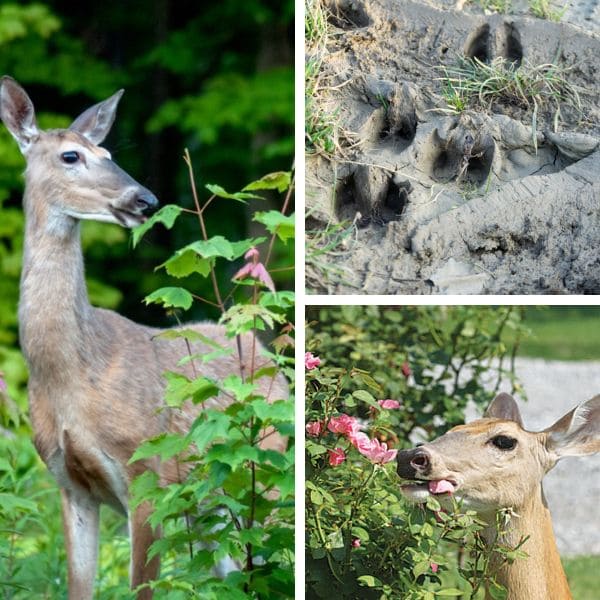
Additionally, hoof prints are a dead giveaway. Deer leave distinct, heart-shaped prints that are easy to spot in soft soil or mulch.
After a particularly rainy week, the soil in my garden was soft and damp, making it perfect for revealing tracks.
Sure enough, there was a clear trail of hoof prints leading right up to my beleaguered begonias. It was like a roadmap of their nocturnal visits.
How to Keep Deer Away from Begonias
Using Fences
For those who prefer a more natural look, a tall wooden fence blends seamlessly into the garden landscape while providing a robust barrier against deer.
However, for those seeking a high-tech solution, electric fences deliver a mild shock to deter deer without causing harm.
I once installed an electric fence around my garden, and it was incredibly effective. The deer quickly learned to stay away after a few gentle encounters.
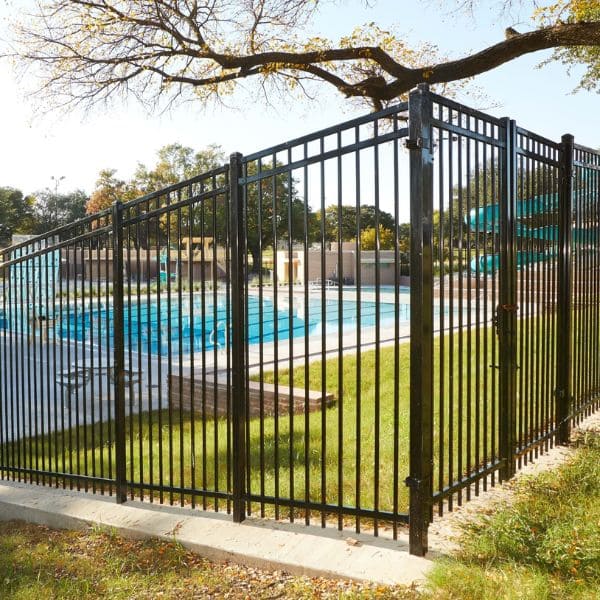
Whether you choose wooden or metal fences, ensure yours is at least eight feet tall, as deer are excellent jumpers.
Additionally, make sure there are no gaps at the bottom where smaller deer might squeeze through.
Applying Repellents
Natural repellents, such as homemade garlic or pepper sprays, can be surprisingly effective.
I once made a garlic-based spray by blending garlic cloves with water and a bit of dish soap. Spraying this mixture around my begonias created a strong odor that deer found unappealing.
Besides, you can hang strongly scented soap like Irish Spring around the garden. This scent has kept deer from nibbling.
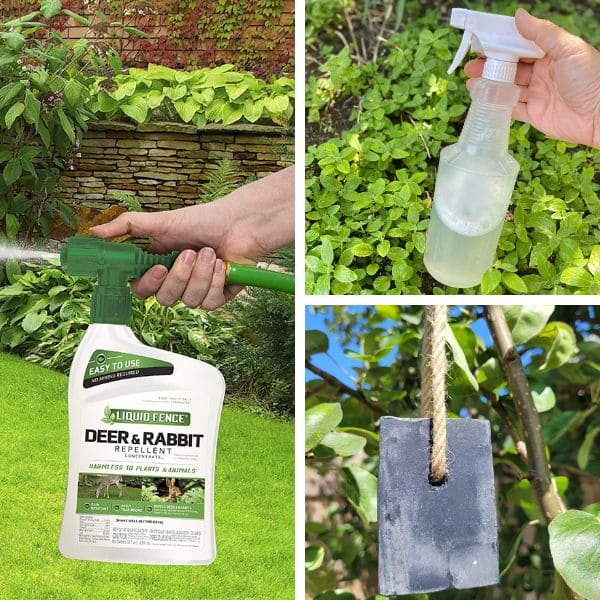
In addition, if Deer Away and Liquid Fence products are available in your house, apply and usually need reapplication every few weeks or after heavy rain.
Using Physical Barriers
Using netting is a humane way to protect your begonias. Netting isn’t the only option, though. Garden cages and mesh wire can also serve as robust barriers.
A friend of mine, who battled deer every summer, swore by using mesh wire. She created small cages around her begonias, securing them into the ground to prevent deer from pushing them aside.
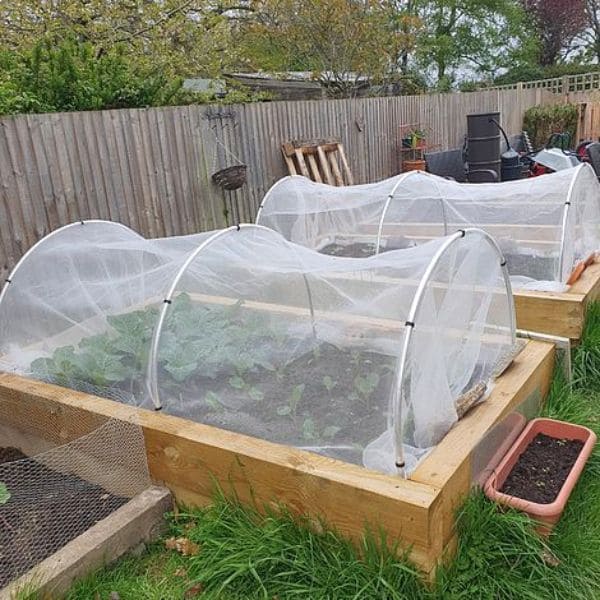
Plant Selection
There are over 1,800 species of begonias. In my gardening experience, begonias with fuzzy or waxy stems and strong scents are less appealing to deer.

One summer, after noticing that my traditional begonias were frequently nibbled, I decided to switch to Begonia semperflorens.
This is a wax begonia with thick, glossy leaves not only unappetizing but also more resilient to damage.
Another excellent choice is Begonia boliviensis, which features slightly fuzzy stems and a strong scent. This variety’s unique texture and aroma make it less attractive to deer.
Don’t worry if your area does not have the two above varieties. You can try Begonia rex, known for its decorative foliage, and fuzzy leaves that deer usually steer clear of.
Companion Planting
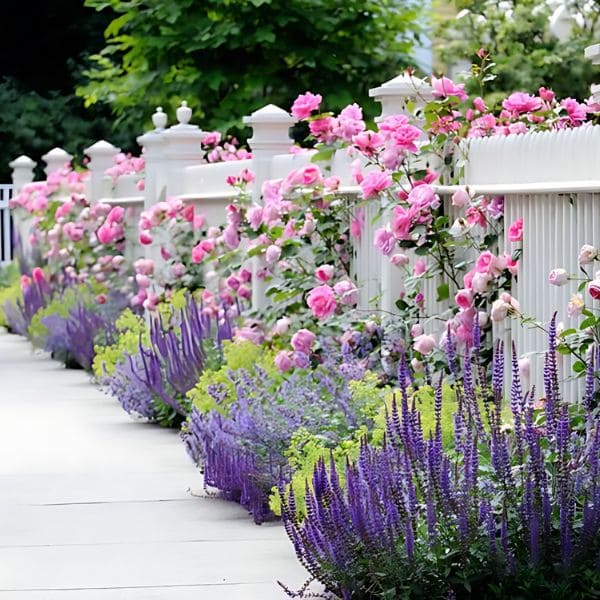
According to Penn State Extension, plants like lavender, rosemary, and sage are excellent companions for begonias because deer typically avoid them.
Gradually, the deer which had previously treated your garden like a buffet began avoiding the area altogether.
The combination of the begonias’ natural resistance and the added deterrent of the herbs ensured to create a robust defense.
